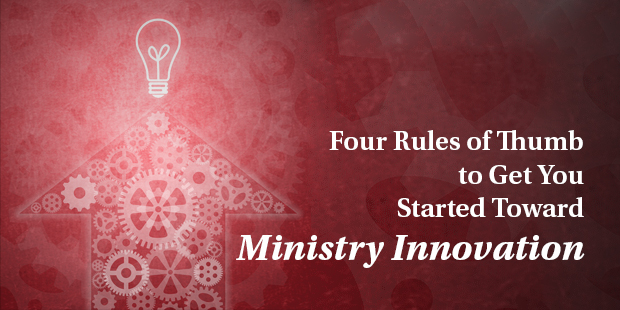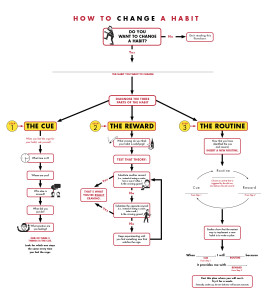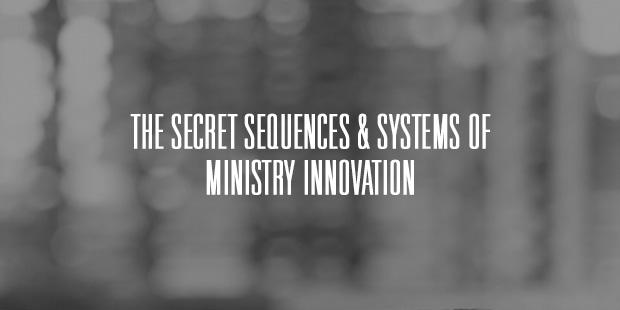If you’re like me, you like to track with people who are ahead of you in age and stage, and probably ahead of you in their level of ‘success’.
Chances are you do this in real life (I hope you have mentors) but you also do this online. Thanks to social media, smart phones, tablets and access to anything anywhere all the time, almost everyone tracks with some ‘celebrity’ type leader.
Please hear me. This is a great way of learning and growing. I do it too.
But have you ever found yourself imitating others—in style, in content and in strategy?
Do that often enough and guess what happens?
You’ll kill something God given inside.
In fact, you’ll eventually stop innovating.
Ultimately, imitation kills innovation.
Is Imitation Always Bad? Well, No
Imitation isn’t all bad. There are instances when imitation is just wise and expedient. Here are a few:
- When someone else has done something better than you could and you are free to use their material, strategy or approach.
- When someone has figured out a smarter, faster way to get things done.
- No one on your team has the creativity to create a better mousetrap.
But imitation as a habit can be a big mistake, not to mention soul killing.
But Now the Shadow Side
Imitate long enough, and imitate hard enough, and there won’t be much innovation left in you or your organization. And for those of us who are Christians, there may not be much of God’s voice left in you either.
If you only listen to others, you will eventually stop listening to God.
And let’s take that a step further.
While this doesn’t always happen, just level with me. When you follow someone who is a better leader, better communicator or better writer than you, it stirs up some envy, doesn’t it?
If it doesn’t for you, as much as I hate to admit it, it does for me from time to time. And when that happens, I need to confess it and address it.
Envying someone else’s gifts will cause you to neglect your own.
3 Ways Imitation Kills Innovation
So what does constant imitation kill? More than you might think. Let’s look specifically at three ways innovation suffers at the hands of imitation.
Constant imitation:
1. Kills your unique voice.
If you are always trying to be someone else, you will never be yourself. And that’s a shame, because God actually created you.
It’s not that you shouldn’t learn from others (you really can’t learn all by yourself anyway), it’s just that you should stop trying to be someone else. So just stop that. Develop your own voice. Learn from others, but be yourself.
2. Stifles Your creativity.
Some of the best ideas you’ll ever have seem dumb when you first have them. And sometimes they stay dumb. But often they don’t…what’s crazy to begin with can become powerfully effective.
6 years ago a group of us left an almost paid for building to start a new non-denominational church that was 100% portable. A year after I sat down with a colleague I really respected and he told me he thought we were crazy when he first heard of the idea. Why leave what’s safe to move into the unknown? Truthfully, I hadn’t thought about it that way until he mentioned it. Glad I didn’t. We weren’t imitating anyone at the time…we were just doing what we believed we were called to do. And 6 years later, I’m so glad we did it.
3. Stunts your true potential.
Imitators are always one or two steps behind. They have to wait for the next product, approach or strategy to be revealed. Then they madly copy.
If you are always imitating, your trajectory will never be greater than the person you’re copying. Ever. It will always be a shadow of theirs.
Remember too, that the last thing the innovator you’re copying thought about when creating what you’re looking at was “Now what should I imitate next?”
Innovation is messy, uncertain, scary and fraught with failure. Which is why it’s so much easier to imitate. And so less rewarding.
So…two questions for you personally:
- What (or who) are you imitating?
- How much time do you spend innovating or trying something new?
And now a question for commenters: How do you straddle the tension between learning from someone and imitating them?
Read more from Carey here.

Tags: Carey Nieuwhof, Imitation, ministry innovation
|
What is MyVisionRoom? > | Back to Leadership >

























